The red-painted near space rocket-powered aircraft, codenamed Beihang-4, was successfully launched and landed at the designated place after 400-second navigation at 11:01 am on May 27, which marks the success of its first flight and the fruit of Beihang's integrated project-based talent cultivation system.
The launch of Beihang-4
It is known that Beihang-4 has a total length of 8.7 m and a weight of about 1,300 kg. It consists of a solid-propellant rocket booster and a solid-liquid powered cruise aircraft. Among them, the thrust of solid-propellant rocket engine is about 150 kN with the working time of 8.2 s. The solid-liquid powered cruise rocket engine uses 98% H2O2 (hydrogen peroxide) as oxidizer and HTPB (hydroxyl-terminated polybutadiene) as fuel, with a maximum thrust of about 3 kN, a thrust adjustment capacity of 3:1, and a working time of more than 200 s. The flight control adopts GPS and Beidou dual-mode fiber inertial navigation system to realize the controlled cruise flight. This flight mainly aims to demonstrate and verify the possibility of the powered near space flight with a level flight altitude of 24 km, a level flight speed of 3 Ma and a flight range of about 200 km.
The flight test successfully verified a long-time variable thrust solid-liquid powered rocket engine technology and technologies of the overall design, navigation and flight control of rocket-propellant aircraft with a wide speed range in large airspace, which can be applied to the near space atmosphere parameter measurement, earth observation and high-speed over-the-air data transmission. In the future, these technologies can provide a possibility for new rocket-propellant aircraft.

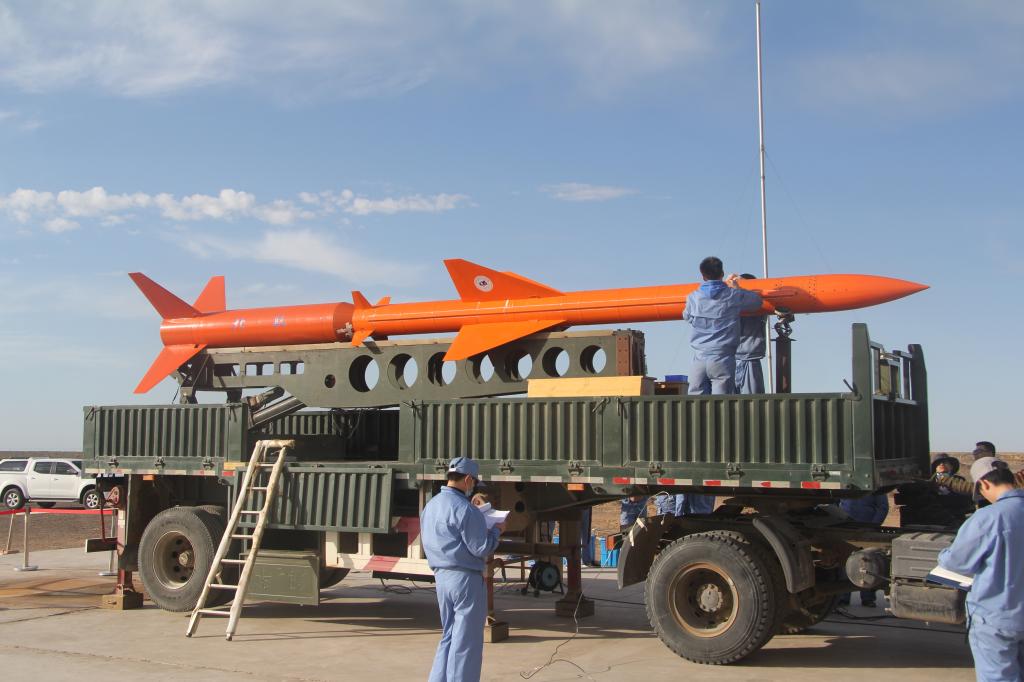
Preparation before the launch of Beihang-4
Beihang Students: Chief Designers on Campus
As a large-scale comprehensive project conducted by Beihang students, Beihang-4 has attracted 21 doctoral students, 49 master students and 16 undergraduate students to participate in the design, development and flight test.
General technical instructor Yuan Junya said: “When I saw the flight curve meeting the requirements, I was finally relieved and felt proud of the students who participated in the research. I still remember all problems and unforeseen circumstances during the research process. The students worked all night and found the root of problems through discussion and analysis.”
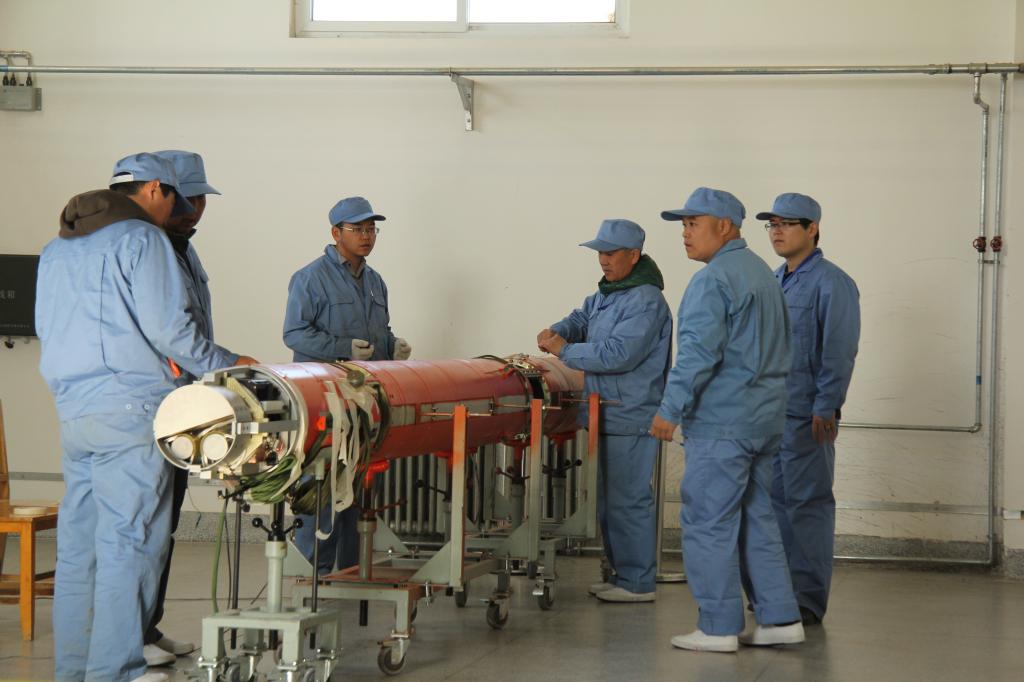
Students were guided to do final assembly
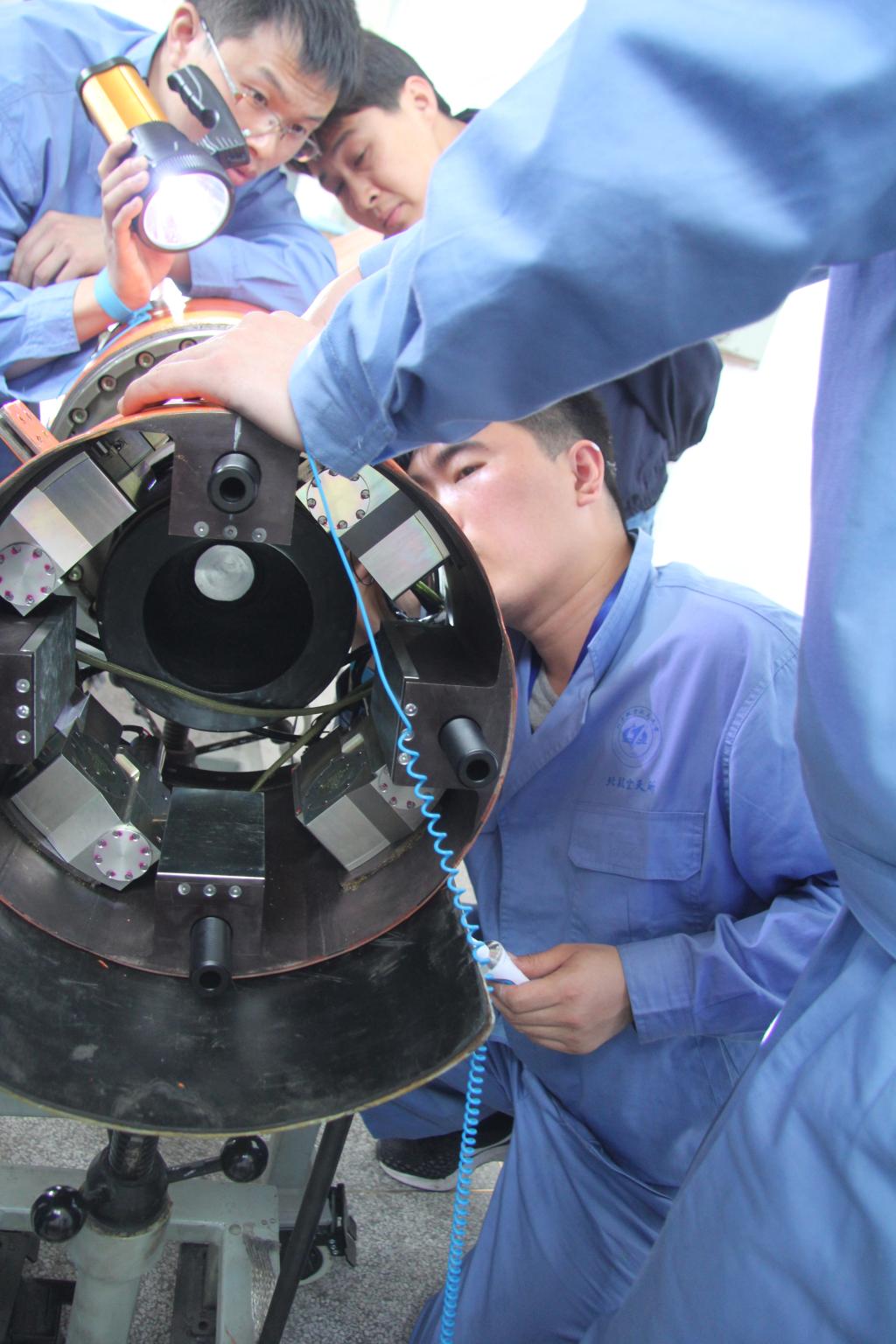
Inspection of cable installation in rudder room
“Beihang-4 cannot be launched successfully without the determined efforts from the laboratory team members and the rich experience from graduated seniors. Success does not come easy. As one of the members, I’m clear about the hardship and intricacy of this project. However, we all withstood the pressure and went through the ordeals with professional knowledge, positive attitude and strong willpower,” said Li Xiaogang, a doctoral student who participated in the research of the rocket body structure subsystem.

The final assembly
Postgraduate Zhao Kai who participated in the research of the flight control subsystem said: “The deadly novel coronavirus COVID-19 and the hostile environments such as hot dry weather and sandstorms cannot keep back our excitement and enthusiasm. We are busy but orderly. ”
The development and launch of Beihang-4 is highly valued by Beihang University and is strongly supported by several aerospace institutions and organizations such as Changde National High Techindustrial Development Zone.
Excellent Tradition: Inheriting the Valuable Spirit through Generations
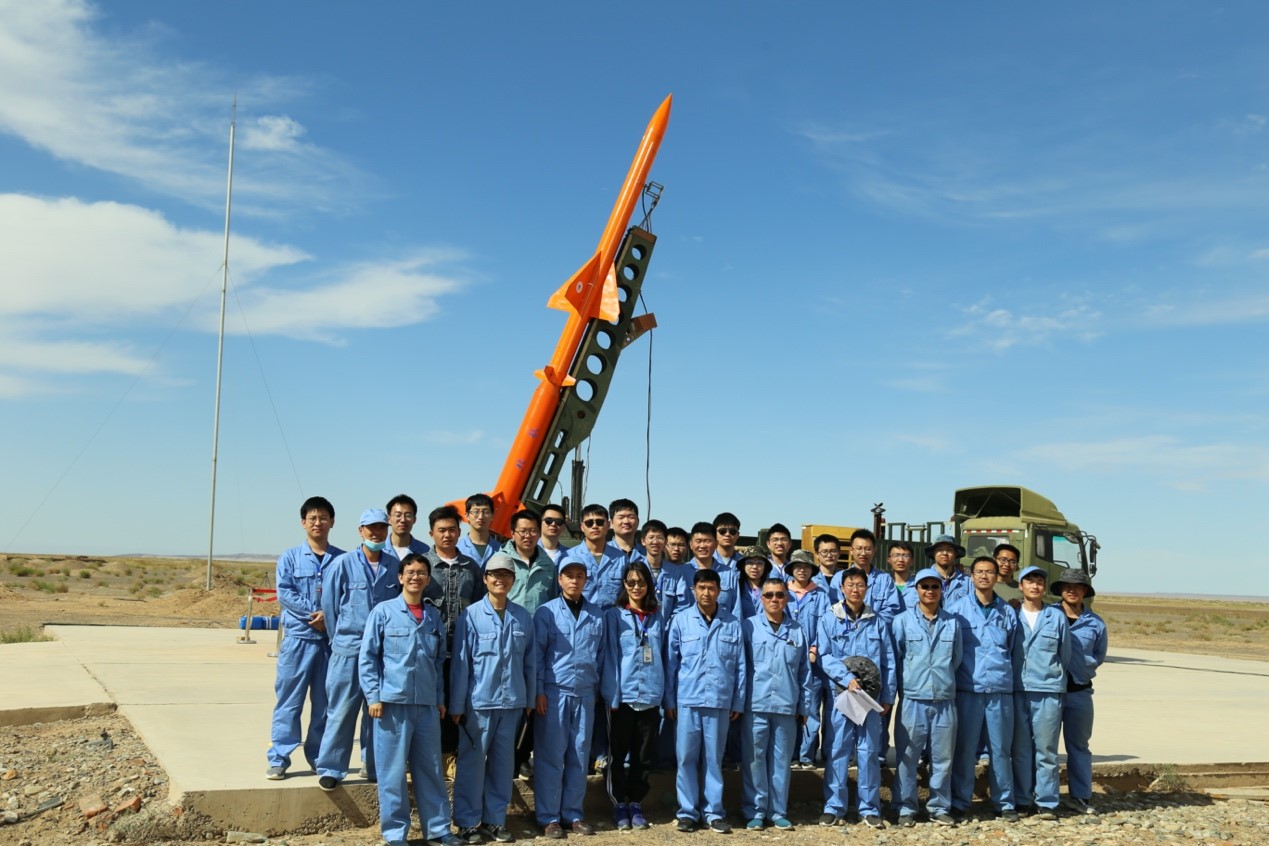
A group photo of Beihang-4 laboratory team
“The overall design and development of Beihang-4 not only improves our capability of systematic thinking, project practice and interdisciplinary integration but also educates us to be patriotic and firm to our faith and noble sentiments. Many seniors who participated in the projects of Beihang-1, Beihang-2 and Beihang-3 become our faculty advisers and pass their valuable experience to us, which embodies the consecutive struggle waged by Beihangers of several generations. We have confidence in inheriting the valuable spiritual treasure with our great efforts,” said Li Xintong, an undergraduate who participated in the research of the dynamic subsystem.
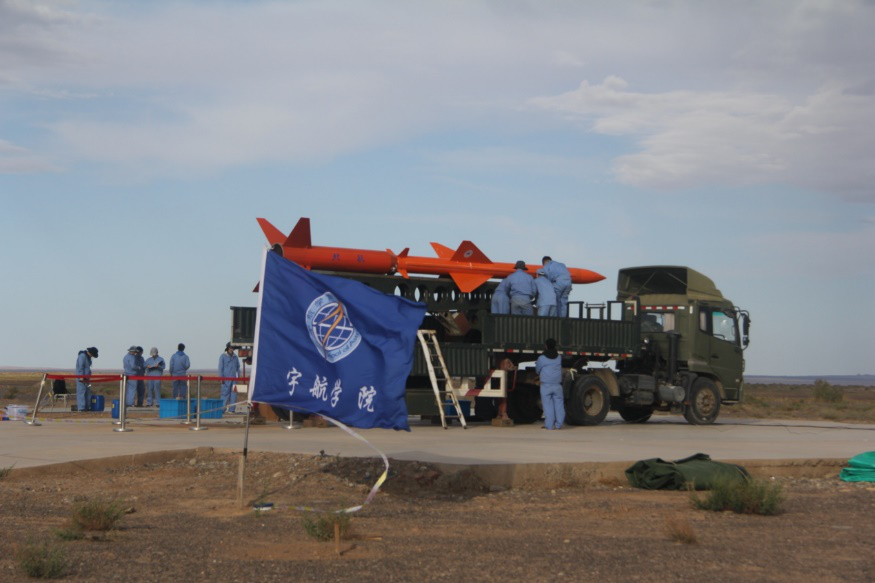
Preparation before the launch of Beihang-4
Beihang attaches great importance to the training of talents by combining teaching and scientific research and actively explores the new integrated project-based talent cultivation system. Inheriting the spirit of Beijing-2, the first sounding rocket in Asia, students developed Beihang-4 based on previous projects such as the solid-powered sounding rocket Beihang-1 and solid-fluid powered sounding rockets Beihang-2 and Beihang-3.
Beihang teachers and students have successfully developed and launched Beijing-2 as early as 1958. On November, 2005, Beihang-1 sounding rocket project for students was initiated and 14 outstanding undergraduates from the School of Astronautics participated in the project. On November 1, 2006, Beihang-1 sounding rocket was successfully launched at China's Jiuquan Satellite Launch Center as the first sounding rocket mainly designed and launched by undergraduates in China since Beijing-2.
On December 5, 2008, the flight test of Beihang-2, designed and developed by students from the School of Astronautics, was successfully carried out at Jiuquan Satellite Launch Center. It is the first time for China to successfully launch and recover solid-fluid powered sounding rocket.
On November 25, 2011, China's first hydrogen peroxide solid-fluid powered sounding rocket—Beihang-3, which was independently designed and developed by teachers and students of Beihang, was successfully launched in the Gobi Desert in northwestern China.
After the Beihang-4 project, the Student Small Satellite (SSS) project initiated by APSCO is about to enter the final launch stage, and the Beihang-5 spacecraft project is also in the planning. Participating in the whole process of aircraft design, development and launch can be helpful in improving students' ability of engineering practice and innovation training, professional comprehensive capacity, and teamwork spirit.
Reported by Zhu Hao
Reviewed by Li Jianwei
Edited by Jia Aiping
Translated by Feng Yueyue and Ren Chenjie

